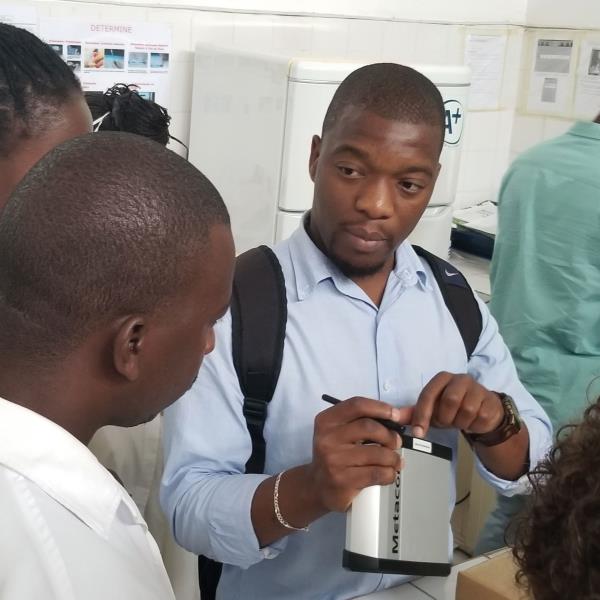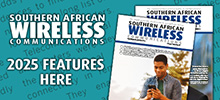04 February 2021

In fact, the World Health Organisation says that there are fewer than 5,000 intensive care beds across 43 of Africa’s 55 countries which is about five beds per million people, compared with about 4,000 beds per million in Europe.
However, a shortage of physical infrastructure - hospitals and beds - doesn’t mean that the people of Africa go undiagnosed and untreated both during the current Covid crisis - and in the future.
The approach to universal healthcare is by necessity taking a different route from other continents. Just as parts of Africa leapt straight from no telephones to 3, 4 and now 5G coverage, the rollout of Digital Health projects are improving access to health care services for those living in hard to reach areas across Africa.
Two companies that have been pioneers in the rollout of ehealth and mobile health solutions are Telecom26 and its long-term customer, SystemOne. Together our innovative approach of integrating diagnostic devices with IoT networks is changing the way healthcare is delivered.
Traditionally medical samples taken from patients are transported by road to the nearest laboratory for analysis. However, many of the medical centres are in remote rural areas and so it can take days for samples to arrive and the results and treatment plans communicated back to the patient. Unfortunately, speed of diagnosis and treatment is often the difference between life and death with many infectious diseases.
Across 43 countries, SystemOne tests around 250,000 people per month for TB, HIV, ebola - and now Covid-19. It has been operational in 19 countries in Africa since 2012.
SystemOne’s technology has revolutionised testing programmes. Its software connects to any diagnostic analyser into which samples are fed with information sent to a remote diagnosis system where diagnosis and treatment plans can be immediately developed and sent back.
In addition, the information that SystemOne gathers helps countries respond more effectively to outbreaks of infectious disease by identifying positive cases faster and allowing a big-picture view of disease spread across a region.
Key to the success of SystemOne’s real-time remote diagnostic data software is reliable connectivity.
Unreliable bandwidth and patchy connectivity are problems encountered by digital health programmes across the world but particularly in Africa where many medical clinics are in remote areas with unreliable telecom networks.
Brad Cunningham, COO at SystemOne, says “The traditional route for us was to buy local SIMs to provide device connectivity. Unfortunately, this limits users to one mobile network operator (MNO) - and adds juggling multiple SIMs across devices to find the strongest local network to a long list of headaches for healthcare professionals on the ground”.
Telecom26’s global SIM cards were developed with the specific goal of improving connectivity in remote areas. They enable devices to automatically access and switch between multiple networks both in-country and across borders thus removing the need to worry about the coverage of a single MNO, or the existence of roaming alliances. Multiple-IMSI profiles are pre-loaded on every SIM allowing for simple reconfiguration if the primary network has poor or no service.
Telecom26 has been providing IoT connectivity to SystemOne across both Africa and Asia for the last two years. Most recently, the contract has been extended to SystemOne’s projects in Ghana, Mozambique and Zimbabwe.
The SystemOne diagnostic devices used by medical personnel now have Telecom26’s global SIM cards inside.
In addition, SystemOne is trialling Telecom26’s multi-SIM routers in Mozambique and Zimbabwe. These enable SystemOne’s diagnostics devices to access secure connectivity and automatically switch between multiple cellular and satellite networks - and any wifi or LANs - so that they always use the best performing connected network available.
Together SystemOne, Telecom26 and their IoT healthcare approach are saving lives across the world and helping countries respond more effectively to outbreaks of infectious disease by identifying positive cases faster and allowing a big-picture view of disease spread across a region.
By Robert Koldys, VP of Marketing, Strategy & Business Development, Telecom26





.gif?lu=925)

